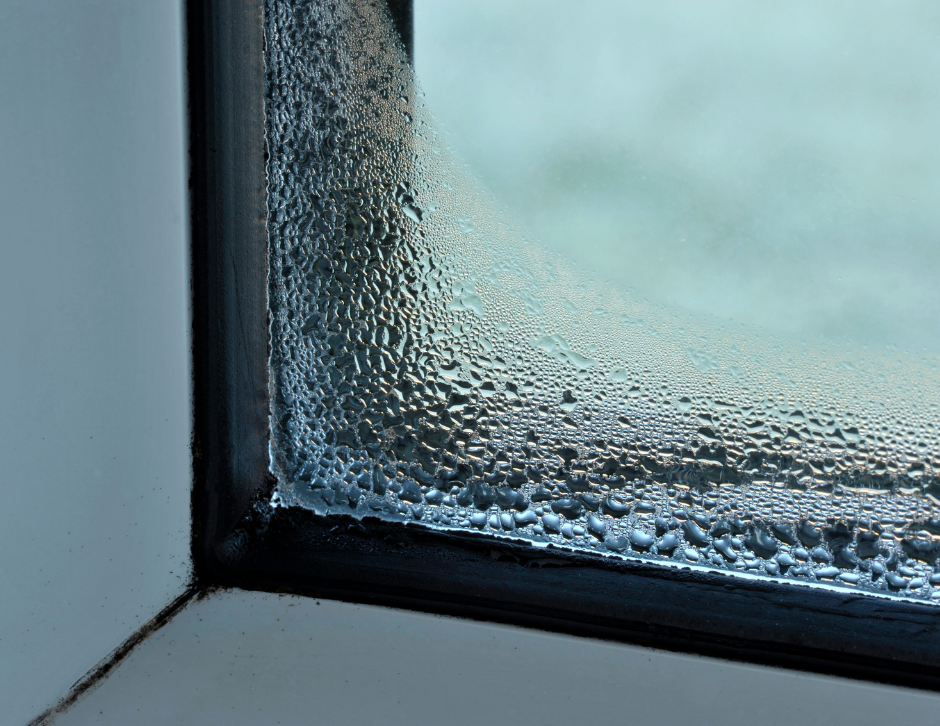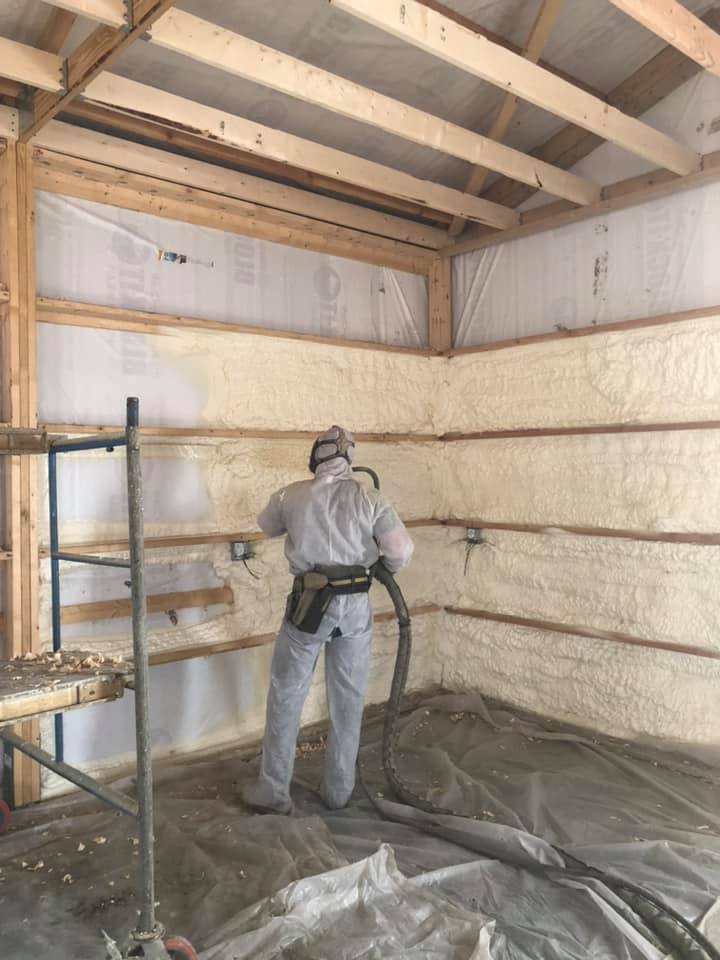by AdvancedSeal
Share
by AdvancedSeal
Share

R-Value Documentation for Spray Foam Insulation
When it comes to building in Indiana, especially with spray foam insulation, code compliance starts with proper installation and clear documentation. Indiana’s residential energy code requires that every area insulated with spray foam must display the installed thickness and R-value at regular intervals. Inspectors will look for these labels to confirm that your insulation meets the minimum standards for energy efficiency. This applies to walls, ceilings, attics, basements and crawl spaces in all residential and barndominium projects.
Labeling is not just a paperwork task; it is an important step in protecting your investment. The label must include the type of foam, manufacturer, installed R-value, and the thickness applied. Most spray foam contractors use a printed or handwritten card installed in the attic or utility area, making it easy for inspectors to confirm compliance at a glance.
Another area that deserves close attention is code-required documentation for air-sealing and continuous insulation. When closed cell foam is used, it’s essential that the application is thick enough to meet Indiana’s minimum R-values and create a proper air barrier. For example, walls typically need at least R-20, which means applying closed cell foam to about three inches, depending on the product. Ceiling and attic applications must meet or exceed R-49, which usually requires multiple passes or a hybrid approach with other types of insulation.
Ignition Barriers and Fire Safety Codes
Indiana follows strict rules for fire safety when it comes to spray foam insulation. In areas like attics and crawl spaces where foam may be left exposed, an ignition barrier is required to protect against fire hazards. The building code references ASTM E84, which means spray foam must have a flame spread index of 25 or less and a smoke-developed index of 450 or less. If the foam does not meet these ratings, a code-approved ignition barrier such as drywall or a special coating must be installed over the foam.
It’s also important to verify that your contractor uses products tested and approved for use in Indiana. These details are not only essential for safety; they are required for passing your final inspection.
When installing spray foam, we always make sure the proper documentation and fire safety measures are in place, so you never have to worry about failed inspections or code violations.
If you’re planning a project, get more information about Indiana insulation removal or explore our metal building insulation services for barndominiums and more.
Need help navigating the details of code-approved spray foam in Indiana? Our team is ready to assist with labeling, fire safety and complete insulation documentation.
Reach out for a free quote in Carmel, Rossville, or across Central Indiana on our contact page.
STAY IN THE LOOP
Subscribe to our free newsletter.
Discoloration and Dark Patches Insulation that looks uneven in color […]
Uneven Indoor Temperatures If one room is freezing while another […]
Indiana’s changing weather means homes face humidity, condensation, and temperature […]




